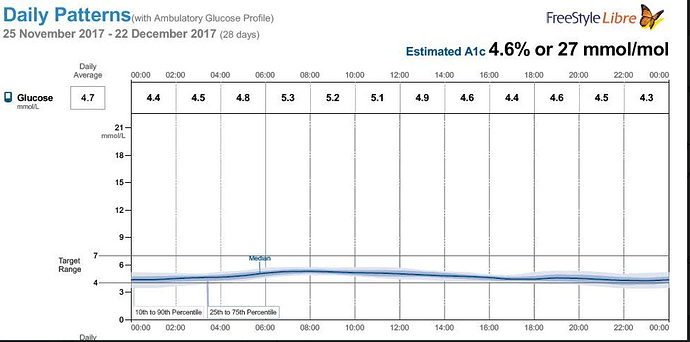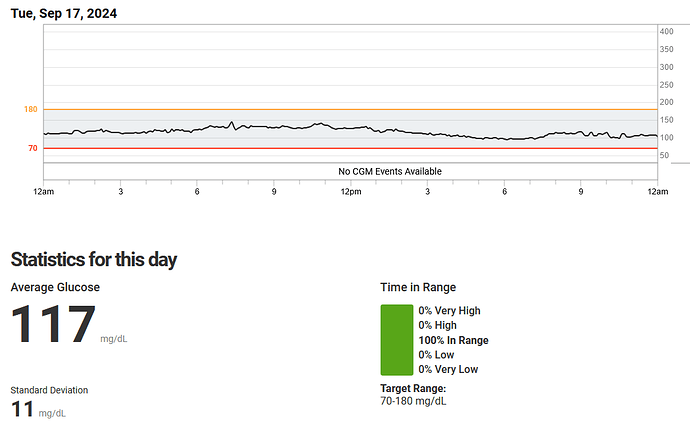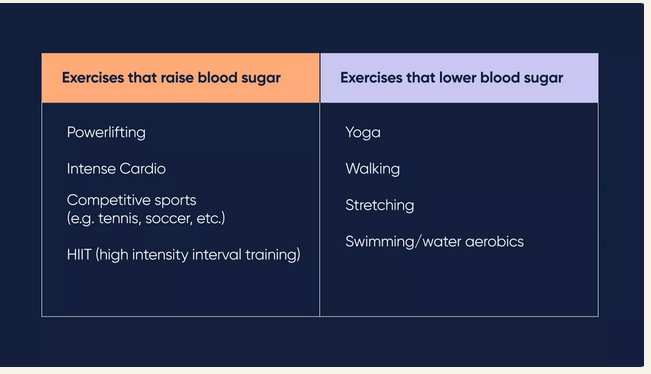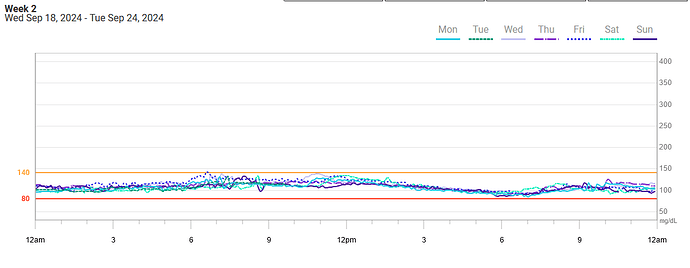Hi Bob,
They are the sensors only, then you have to download the app. You have to have a phone. It does appear to be low power bluetooth, and the app and bluetooth are connected all the time. You have to have the phone within 20 feet of the sensor, so I have to take my phone to bed with me, though I did leave the phone downstairs one night and still got all the data, even with some signal loss.
In my opinion, it’s pretty worthless unless you go here:
https://clarity.dexcom.com/
You set up an account so that the data from your app gets uploaded to the Clarity website. If you don’t go to the website, the app’s functionality is very limited. Almost useless.
As for the exercises, I think you’d have to test them yourself. Exercise for me causes me higher blood sugar, but that’s body weight training to failure or jogging. Don’t know about the other exercises, but there is data out there indicating walking after eating reduces blood glucose and insulin. I usually don’t walk after eating, so I haven’t tested that.
And that chart is made with high carb folks in mind. It’s probably going to be different for people who don’t eat many carbs.
Since it is used for people with higher blood sugar swings, that’s what it appears to be set for. For instance, I can’t make this zoom in on the 80-140 range (this is today’s):
This morning I did a body weight workout, started right above 100 and ended at 121, about a 20 point rise. That weird little hump is due to showering. Not sure that’s the sensor getting weirded out or actual blood sugar change. One day, I’ll stick my arm outside to see what happens.
Have noticed that jogging creates a higher blood sugar for longer, see the bump between about 7:30 and 8:30:
Some patterns do emerge:
Thursday, I did not exercise and fasted to dinner (OMAD). Saturday, I did not exercise but ate 2MAD. Those days have lower blood sugar than the days I exercised (about 1 hour of body weight training on Monday, Tuesday, Friday; jogging Sunday and Wednesday).
You can overlay them, and compare:
I don’t eat until after 10 am, so all that “stuff” before then is due to exercise and showering. After 10 am, that’s lunch/breakfast, which usually has raw milk and might have things like tomatoes. After that, my blood sugar consistently drops until dinner around 6:30-8pm. But I also have some chocolate chips at night, around 8-8:30pm, which is why my blood sugar pops up. Then I go to bed around 9pm.















